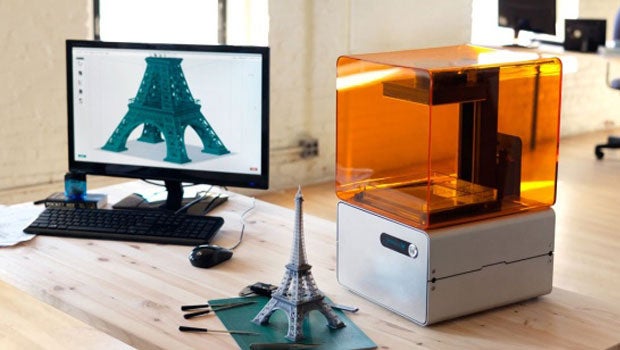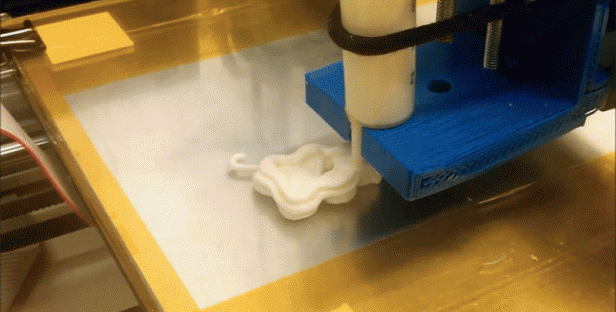3D printed cheese is now a thing because canned cheese wasn’t weird enough

Technology’s great, don’t you think? Well, mostly.
It allows us to communicate with people on the other side of the world, keep ourselves entertained when we’re all alone and can be used to save lives. Sometimes, however, it crosses the line from useful to downright weird, with the latest use for 3D printers falling firmly into the latter category.
Instead of 3D printing replacement components for important machines or tools for developing countries, scientists in Ireland have invented the world’s first 3D printed cheese. Yes, cheese.
For those who thought that the ability to squirt cheese out of can wasn’t weird enough, nutritionists at University College Cork have developed a cheese that can be used as the material within a 3D printer.
Why? Well, the project stemmed from a question posed by a cheese manufacturer surrounding how the food would be used as a raw material in the kitchens of the not too distant future that could be equipped with a 3D printer alongside their more standard appliances like a kettle or toaster.
Related: 10 awesome things people are doing with 3D printers

“It was a very speculative question which made me very curious,” said Alan Kelly, a UCC professor and the study’s lead author. “We actually started by trying lots of different types of cheese, but found processed cheese to work best.”
Having experimented with a number of existing cheeses, the scientists went on to create their own malleable, edible material. The 3D printed fromage has been designed to be softer, springier and more more fluid when melted than traditional processed cheeses.
The 3D printer-friendly cheese was melted for 12 minutes at 75-degrees Celsius before being entered into a modified commercial 3D printer using a syringe.
Once printed, the cheese solidified to adopt a number of unusual shapes including a teddy bear.
Looking to what’s next for the 3D printable material, Kelly added: “We are using mixtures of milk proteins at present to build a product, perhaps a high-protein snack, from the basics up, and designing recipes which might work best for [a] 3D printer.
“We are pretty early on to generalise about different food systems, but that makes printing really exciting, as there is enormous potential to explore and innovate. We don’t expect any changes in taste.”
WATCH: Intel Processors Explained
Would you eat 3D printed cheese? Let us know below.

